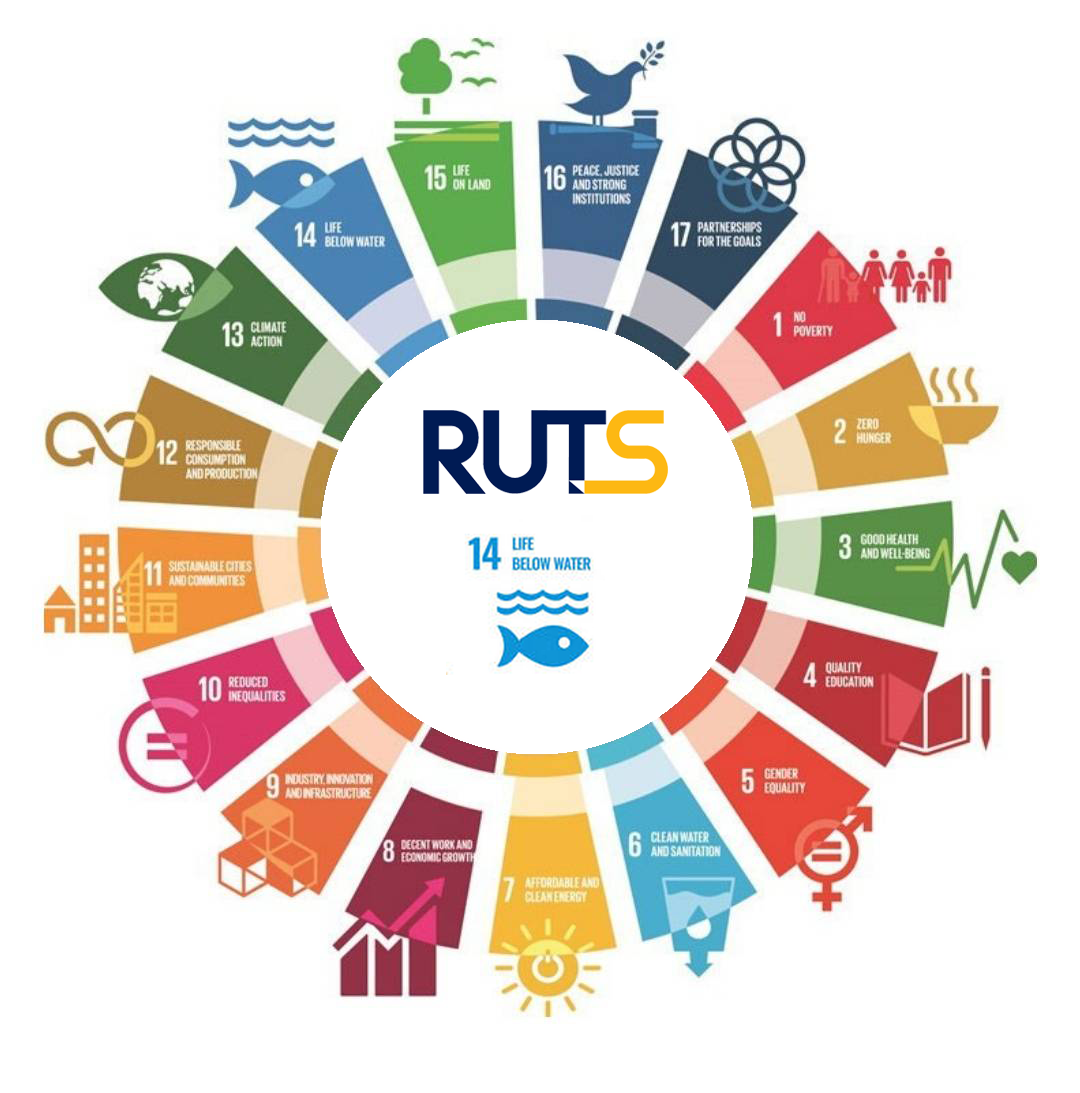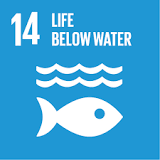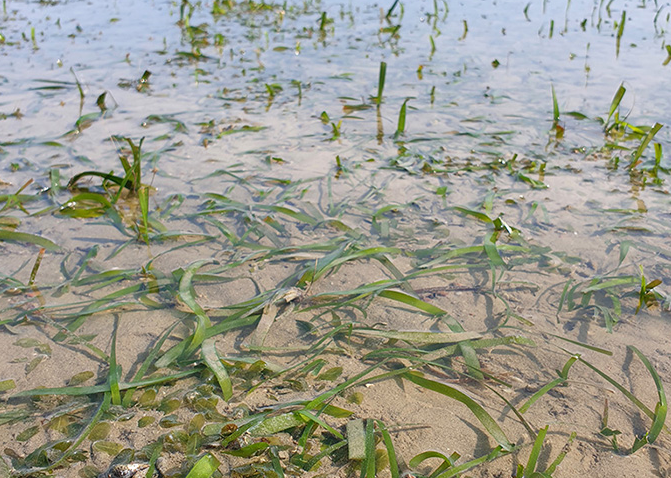|
Research and Innovation
Seagrass Habitat at Libong Island, Thailand: Status and Problem Solution
April 15, 2022 Indicator 14.3.3
Libong Island, Trang Province, is located on the southwest coast of Andaman Sea, Thailand. This island has an extensive seagrass bed of 6,719.36 acres, where is supporting an incredibly diverse community of aquatic animals, especially the dugong populations, as a threatened mammal.
Unfortunately, the threatened ecosystems of seagrass habitat at Libong have been reported with many possible causes such as the huge load of sediment and anthropic activities.
This situation may be sustainably affected on the biodiversity and ecosystem of marine organisms. As similar to a sad new about the death of dugongs from Libong Island was reported, implicating to the threated environments.
Rajamangala University of Technology Srivijaya (RUTS) has been a critical role with regard to maintain complex and the existing ecosystems in the coastal area, Thailand. Asst. Prof. Porntep Wirachwong, as a project leader of Marine Science and Environment together with her colleagues from Marine Science Program was organized on the project under “Seagrass status at Libong Island, Trang province” together with the local community. This project was supported by Sangcharoen Marine Service Company Limited. Her project was focused on the seagrass status and related to the environmental factors. The seagrass survey, environment assessment, and mapping were conducted between January and July 2021. The results of the research found that there is a total area of 26 square kilometers (16,250 rai) covering all seagrass sources. The status of seagrass habitat was categorized as follows: 1. Normal seagrass has an area of 12 square kilometers (7,500 rai). 2. Dead seagrass has an area of 3 square kilometers (1,875 rai). 3. Degraded seagrass: 9 square kilometers (5,625 rai) 4. Seagrass with low diversity, covering only 2 square kilometers (1,250 rai)
This situation should be noted that the effective management strategies are implemented to reverse seagrass loss from Libong Island. It will provide the effectively managed decision-making in public and private sectors for the restoration of seagrass in further observation.
Related Links: http://mse.fishtech.rmutsv.ac.th/th/news129
https://www.isranews.org/article/isranews-scoop/107982-inves019633.html
|
||||||








